March 2020 will forever be known in the education community as the month when almost all the world’s schools shut their doors. On March 1, six governments instituted nationwide school closures due to the deadly coronavirus pandemic, and by the end of the month, 185 countries had closed, affecting 90 percent of the world’s students. The speed of these closures and the rapid move to distance learning has allowed little time for planning or reflection on both the potential risks to safeguard against and the potential opportunities to leverage.
With every crisis comes deep challenges and opportunities for transformation—past education crises have shown that it is possible to build back better. To help me reflect on what some of these challenges and opportunities may be, I recently spoke to Jim Knight, current member of the House of Lords, head of education for Tes Global, and former U.K. schools minister; and to Vicki Phillips, current chief of education at the National Geographic Society and a former U.S. superintendent of schools and state secretary of education. They provide perspectives from inside and outside of government in the U.K. and U.S., though their insights can likely help the many countries worldwide struggling to continue education during the pandemic.
Risks and challenges
#1: Distance learning will reinforce teaching and learning approaches that we know do not work well.
Jim: Many countries are shifting to distance learning approaches, whether through distributing physical packets of materials for students or through using technology to facilitate online learning. And there are real risks because many of these approaches can be very solitary and didactic when you’re just asking students to sit and quietly watch videos, read documents online, or click through presentations—that’s really dull. The worst form of learning is to sit passively and listen, and this may be the form that most students will receive during school closures. It serves no one well, especially those who are the furthest behind.
#2: Educators will be overwhelmed and unsupported to do their jobs well.
Vicki: Teachers had little or no notice about their schools closing and shifting to online learning—this can be challenging for anybody. They’ve shared that they are overwhelmed with all sorts of materials and products, and we are seeing educators begin to push back and request help filtering through all the resources to find those that are quality.
At the same time, teachers are just like the rest of us in that they are experiencing this strange new world as mothers, fathers, aunts, uncles, and grandparents. They are trying to deal with their individual lives and take care of their kids and find new ways to make sure that learning continues.
#3: The protection and safety of children will be harder to safeguard.
Jim: In the U.K., we have stringent processes around checking who has access to children during school, in after-school clubs and sports. Schools have safeguard measures in place to ensure that predators toward children, such as pedophiles, can’t access young people. Now, once you move to online learning in a home environment, you can’t safeguard against this. People have to be mindful about the design of online learning so that bad individuals don’t get to children outside of their home.
#4: School closures will widen the equity gaps.
Vicki: Over the last decade or so, progress has been made in the number of students who have access to devices and connectivity, making this move to online learning possible. At the same time, not every child has access to digital devices or internet connectivity at home, and we need to ensure those kids get access to learning resources as well. This means that learning resources need to be available on every kind of device and it means, for kids who don’t have access, we still need to find a way to reach them.
#5: Poor experiences with ed-tech during the pandemic will make it harder to get buy-in later for good use of ed-tech.
Jim: We know that some students who use ed-tech during the pandemic will have a poor experience because they’re not used to it. Some people will say, “During the virus we tried the ed-tech-enabled learning approaches, it was terrible, and look at my test scores.” Yes, this will happen. People’s test scores will be impacted. People will become unhappy because the mental health effects of being isolated will be profound. We must be prepared for that. Those poor experiences are really important to learn what does and doesn’t work.
Opportunities to Leverage
#1: Blended learning approaches will be tried, tested, and increasingly used.
Jim: We know that the more engaging learning styles are ones that are more interactive, and that face-to-face learning is better than 100 percent online learning. We also know blended learning can draw on the best of both worlds and create a better learning experience than one hundred percent face-to-face learning. If, after having done 100 percent online at the end of this, I think it’s quite possible that we can then think about rebalancing the mix between face-to-face and online. Teachers will have started to innovate and experiment with these online tools and may want to continue online pedagogies as a result of all this. That’s really exciting.
#2: Teachers and schools will receive more respect, appreciation, and support for their important role in society.
Vicki: I think it will be easier to understand that schools aren’t just buildings where students go to learn, and that teachers are irreplaceable. There’s something magic about that in-person connection, that bond between teachers and their students. Having that face-to-face connection with learners and being able to support them across their unique skills—that’s very hard to replicate in a distance learning environment. Also, many students access critical resources at school, such as meals, clothing, and mental health support that may not be as widely available at home.
#3: Quality teaching and learning materials will be better curated and more widely used.
Vicki: Educators are looking to other educators as well as trusted sources to help curate high-quality online learning tools. At National Geographic, we’ve curated collections for K-12 learners in our resource library. We’ve created a new landing page that allows educators, parents, and caregivers to access our free materials quickly, and inspire young people. But it’s not just teachers struggling—it’s parents and other caregivers who are trying to bring learning to life. To that end, we’re livestreaming our Explorer Classroom model that connects young people with scientists, researchers, educators, and storytellers. During this transition, we want students and families to have access to that larger world, in addition to their own backyard.
#4: Teacher collaboration will grow and help improve learning.
Jim: As a profession, I hope we come out of this crisis stronger by collaborating and working together. I’m a firm believer in not asking heavily burdened teachers to reinvent the wheel. At my company Tes, we’ve got a big resource-sharing platform for teachers, including coronavirus-related resources. There are other platforms too, such as Teachers Pay Teachers and Khan Academy, where teachers can see what others have done. A teacher could say, “well, rather than record a video with the instructional element I need, I might be able to find someone who has done that really well already.” One of the most important things teachers can do now is draw on what others are doing: Form community online, share the burden, and make things a bit easier.
#5: This crisis will help us come together across boundaries.
Vicki: We would be remiss if we didn’t take away a greater sense of empathy for each other—the idea that we can work through anything together—from this crisis. I think it’s an opportunity for the education sector to unite, forge connections across countries and continents, and truly share what works in a global way. I don’t think, prior to this crisis, that we’ve been able to do this, and we will have missed a big opportunity if we don’t try to do that now.
Jim: We will get through this stronger. I live in a divided country, and from where I sit, it looks like the U.S. is a divided country too. When you go through a big national crisis like this, you come out stronger as a country because you’ve been fighting together, working together.
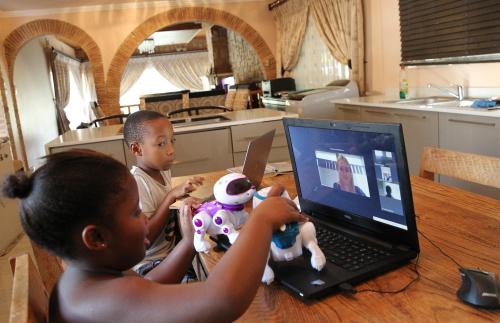
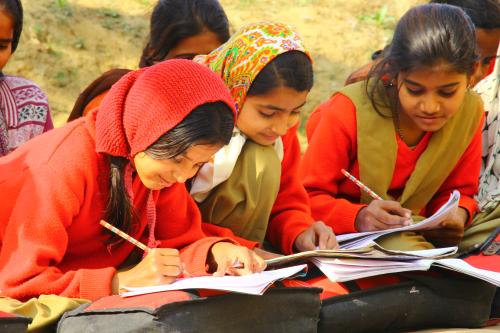
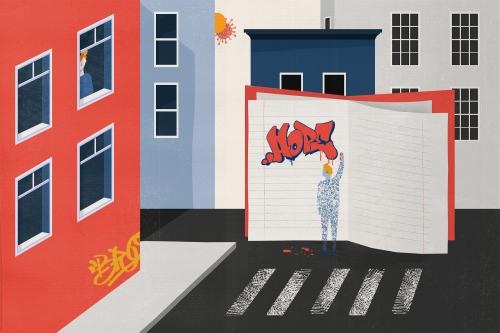
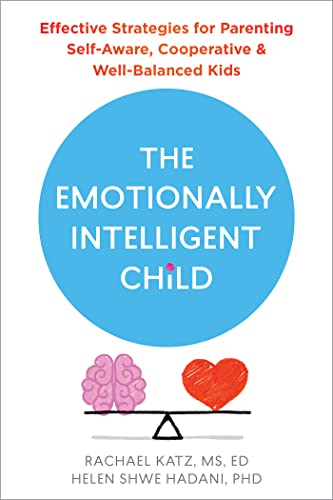
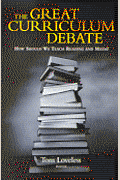
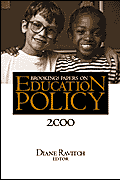

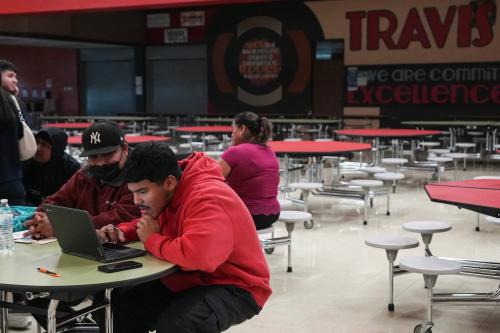


Commentary
Top 10 risks and opportunities for education in the face of COVID-19
April 10, 2020